In the ever-evolving landscape of urban development, mixed-use spaces stand at the forefront of innovation, blending residential, commercial, and cultural functions into cohesive communities. As millennial architects, our role in shaping these multifunctional environments is crucial, offering unparalleled opportunities to influence modern living, working, and leisure spaces. Staying ahead of the curve in design trends is not just beneficial; it's essential. This blog dives deep into the cutting-edge design trends that are defining the future of mixed-use spaces, aiming to inspire and guide the new generation of architects in creating dynamic, sustainable, and engaging environments.
 A glimpse into the future: a sustainable urban district featuring vertical farms, drone ports, and energy-efficient buildings with dynamic facades. Welcome to innovation and sustainability intertwined.
A glimpse into the future: a sustainable urban district featuring vertical farms, drone ports, and energy-efficient buildings with dynamic facades. Welcome to innovation and sustainability intertwined.
Flexibility and Adaptive Reuse
Flexibility in Design
In response to the dynamic nature of urban life, flexibility has become a cornerstone of modern architecture. Mixed-use spaces, in particular, are seeing a shift towards designs that accommodate changing needs and functions over time. This adaptability allows buildings to evolve, reducing the need for extensive renovations or reconstructions. For instance, structures with movable walls or multipurpose areas can transition from office spaces during the day to entertainment venues at night, maximizing utility and relevance in urban settings.
Adaptive Reuse: Giving Old Buildings New Life
Amid growing environmental concerns and a heightened appreciation for historical architecture, adaptive reuse has emerged as a significant trend. By transforming existing structures into mixed-use facilities, architects not only preserve cultural heritage but also contribute to sustainability. The conversion of old warehouses, factories, or office buildings into mixed-use developments, incorporating residential units, retail spaces, and green areas, exemplifies this trend. These projects challenge architects to creatively blend old and new, maintaining the essence of the original while infusing modern functionality and design.
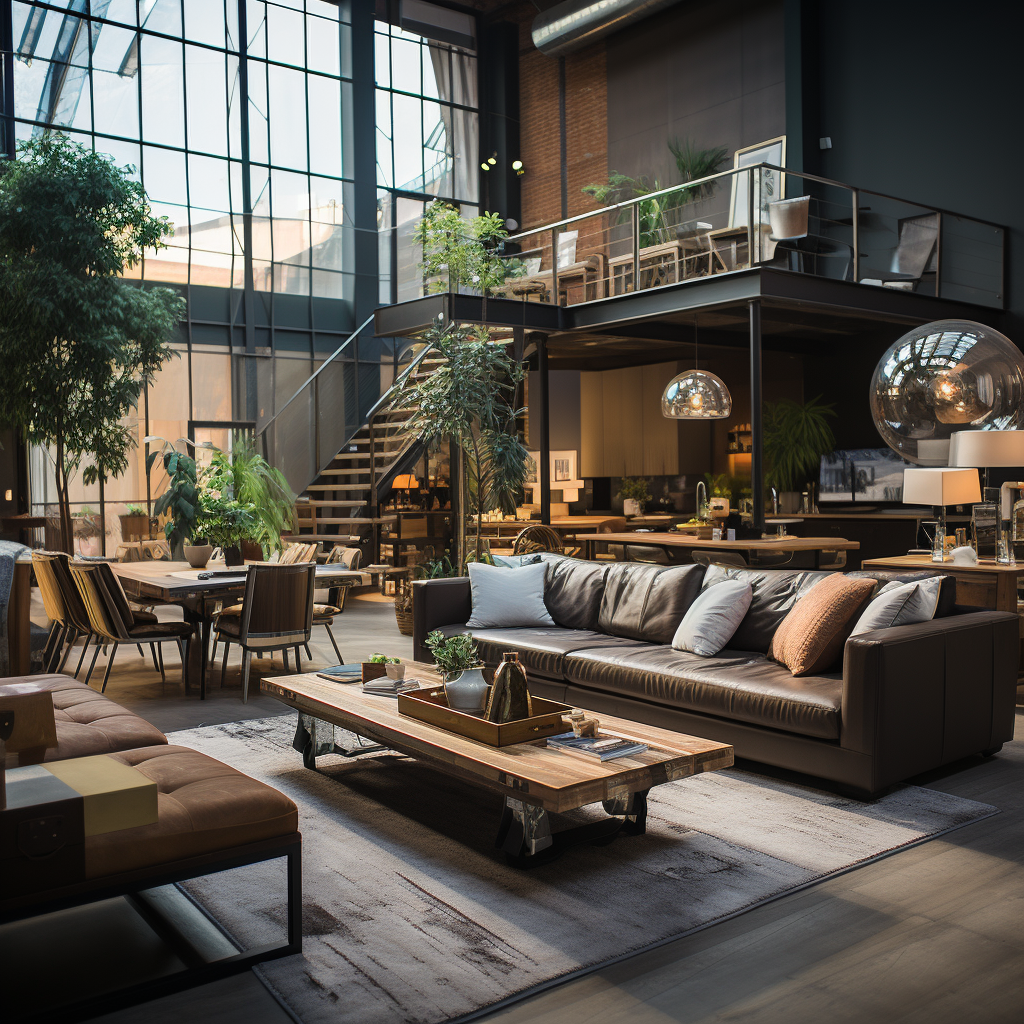 Versatility in architecture: a space that ebbs and flows with the city's tempo, transforming with the touch of innovation.
Versatility in architecture: a space that ebbs and flows with the city's tempo, transforming with the touch of innovation.
Sustainability and Green Design
Building a Greener Future
Sustainability is no longer a buzzword but a fundamental aspect of contemporary architecture. In mixed-use developments, the integration of green design principles is essential in minimizing environmental impact and promoting a healthier lifestyle. From the choice of materials to energy efficiency, every aspect of design is reconsidered through the lens of sustainability.
Innovative Materials and Technologies
The market is witnessing an influx of innovative, eco-friendly materials that reduce carbon footprints and enhance energy efficiency. For example, the use of recycled steel, bamboo flooring, and green roofs not only contributes to sustainability but also adds aesthetic value. Technological advancements, such as solar panels, rainwater harvesting systems, and efficient waste management, are becoming standard features in mixed-use spaces, reflecting a commitment to environmental stewardship.
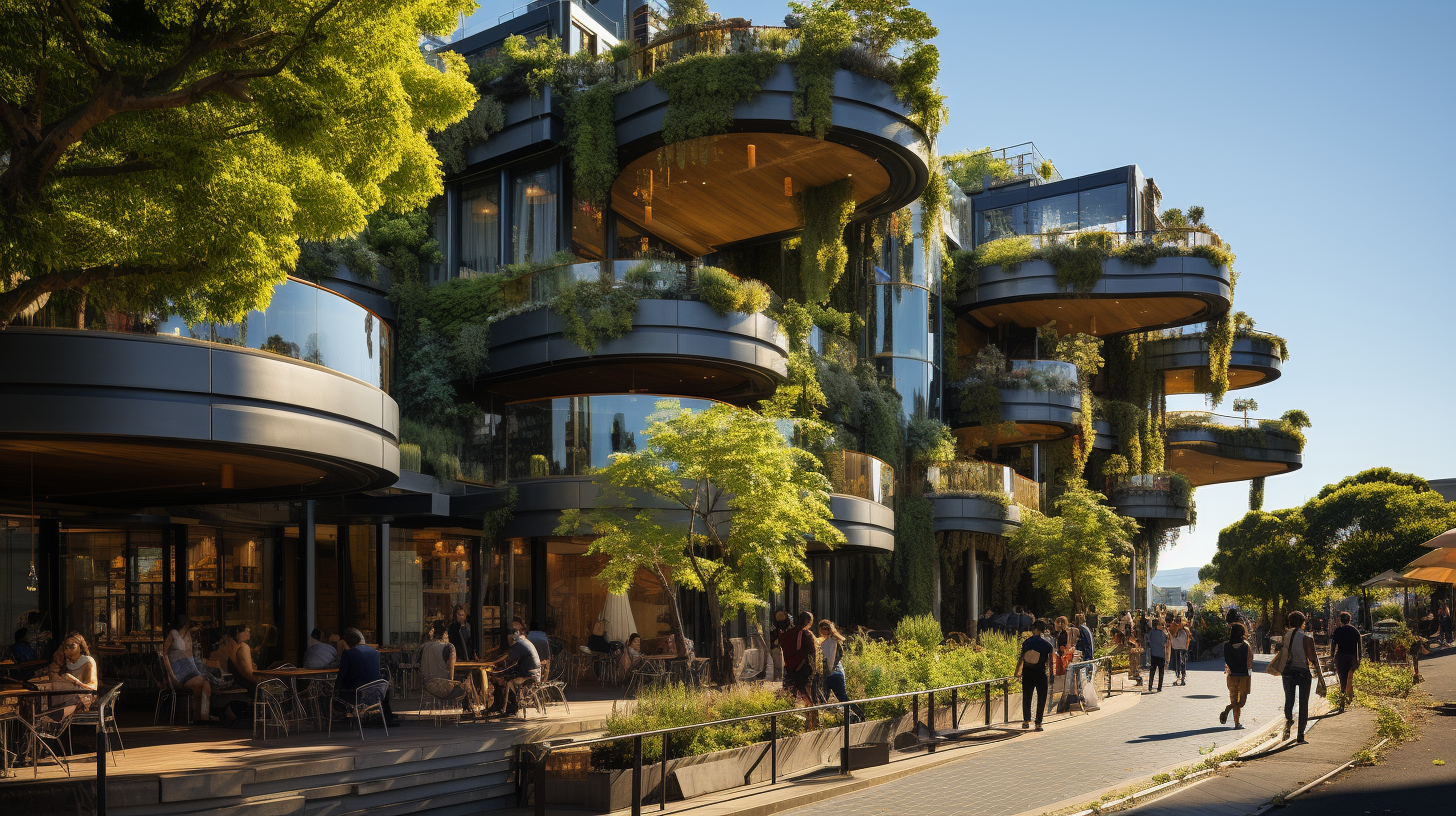 A vision of sustainability comes to life where urban structures don harmonious green mantles, epitomizing the symbiosis of nature and development.
A vision of sustainability comes to life where urban structures don harmonious green mantles, epitomizing the symbiosis of nature and development.
Technology and Smart Spaces
The Integration of IoT in Architecture
As we sail further into the digital age, the integration of Internet of Things (IoT) technology in mixed-use spaces is not just a trend; it's a transformation. Smart technologies enable buildings to learn from and adapt to the needs of their occupants, offering unprecedented levels of comfort, security, and efficiency. For instance, IoT can optimize energy use through intelligent HVAC systems that adjust based on occupancy and weather conditions, or offer enhanced security with facial recognition access for residents.
Smart Cities and Mixed-Use Developments
Mixed-use spaces are integral to the concept of smart cities, which use technology to improve the quality of urban living. These developments are often equipped with smart infrastructure that supports electric vehicles, intelligent lighting systems, and digital information screens to enhance the urban experience. By incorporating these technologies, mixed-use spaces can provide a seamless, interactive environment for their diverse user base, setting a new standard for urban development.
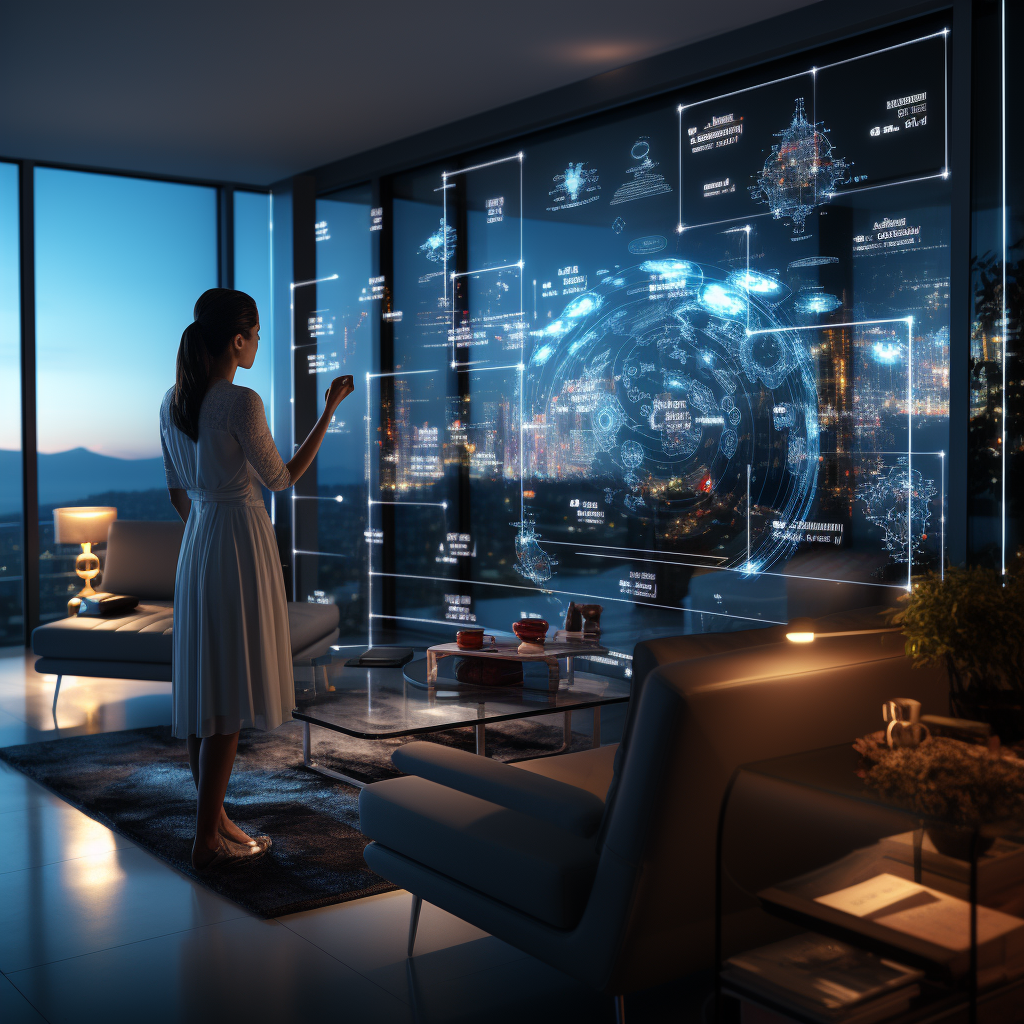 Step into an era where technology enhances living spaces, creating intelligent environments that respond with precision to the inhabitants' needs.
Step into an era where technology enhances living spaces, creating intelligent environments that respond with precision to the inhabitants' needs.
Community and Experience-Centric Design
Designing for Interaction and Engagement
One of the most compelling aspects of mixed-use development is its ability to foster community through thoughtful design. Architects are increasingly prioritizing spaces that encourage interaction and engagement among users. Features such as open public squares, community gardens, and flexible coworking spaces not only enhance the functionality of mixed-use developments but also contribute to a sense of belonging and community.
Experience-Driven Retail and Amenities
In an era where online shopping is ubiquitous, the role of physical retail spaces is evolving. Mixed-use developments are leading this transformation by integrating experience-driven retail concepts that offer something beyond the traditional shopping experience. From artisan markets to interactive showrooms, these spaces are designed to attract visitors and encourage longer stays, adding vitality and diversity to the urban fabric.
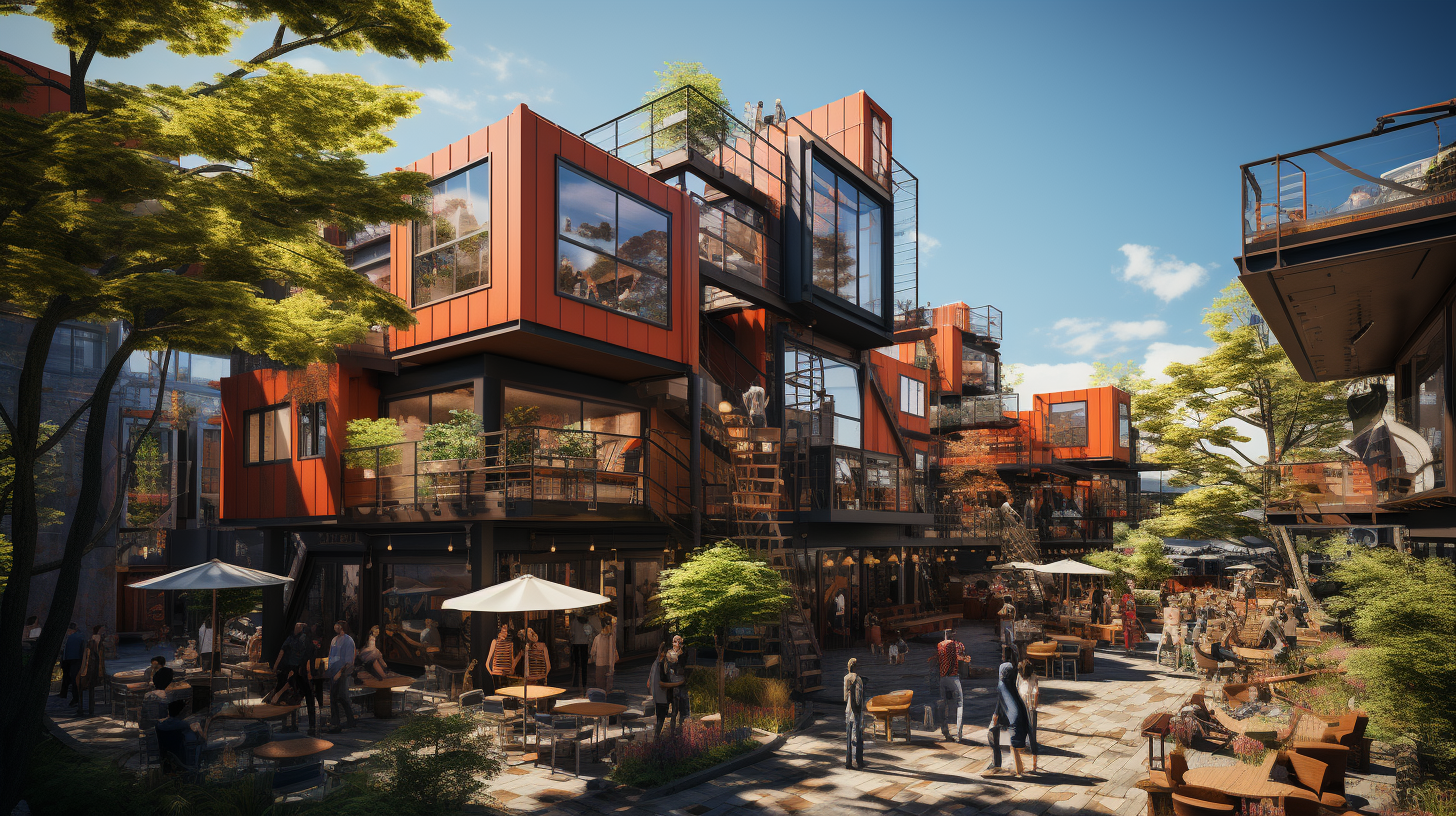 This bustling plaza, a tapestry of community life, illustrates the power of spaces designed to unite, engage, and inspire human connection.
This bustling plaza, a tapestry of community life, illustrates the power of spaces designed to unite, engage, and inspire human connection.
Aesthetic and Cultural Integration
Blending History with Modernity
In the heart of many cities, mixed-use developments serve as a bridge between the past and the future. Architects are finding innovative ways to incorporate local culture and history into their designs, creating spaces that reflect the identity of their surroundings. Whether through the preservation of historical facades or the incorporation of local art and materials, these projects celebrate the unique character of their locales while offering modern amenities and services.
The Role of Aesthetics in Urban Spaces
Aesthetic considerations play a crucial role in the success of mixed-use developments. Beyond functionality, the visual appeal of these spaces can significantly impact their attractiveness to tenants, businesses, and visitors. Through thoughtful design, architects can create iconic buildings and spaces that enhance the urban landscape, attract investment, and become beloved landmarks in their communities.
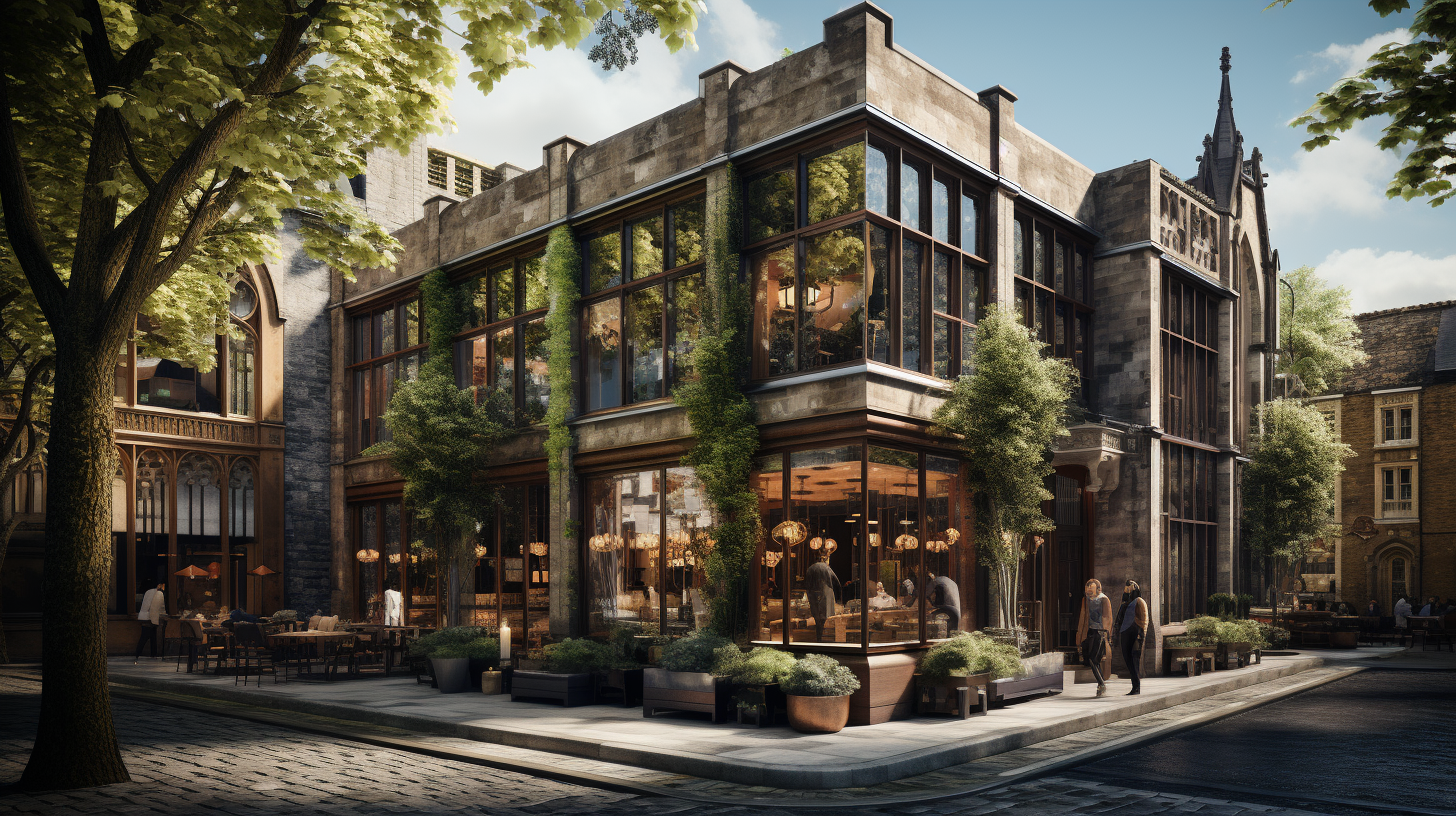 Architectural storytelling unfolds here, where the elegance of historical facades meets the boldness of modern design, crafting a timeless narrative.
Architectural storytelling unfolds here, where the elegance of historical facades meets the boldness of modern design, crafting a timeless narrative.
Health and Well-being
Prioritizing Natural Elements
The integration of natural elements into mixed-use spaces is a trend driven by a growing awareness of their positive impact on well-being. Biophilic design, which seeks to connect building occupants more closely to nature, is becoming a hallmark of modern architecture. Features such as indoor gardens, natural lighting, and ventilation not only improve the health and happiness of residents and users but also contribute to the sustainability of the development.
Designing for Physical and Mental Health
With the rise of wellness culture, mixed-use spaces are increasingly incorporating amenities that promote physical and mental health. Fitness centers, yoga studios, and pedestrian-friendly designs encourage physical activity, while quiet zones and rooftop gardens offer spaces for relaxation and reflection. These elements reflect a holistic approach to design, where the well-being of occupants is a key consideration.
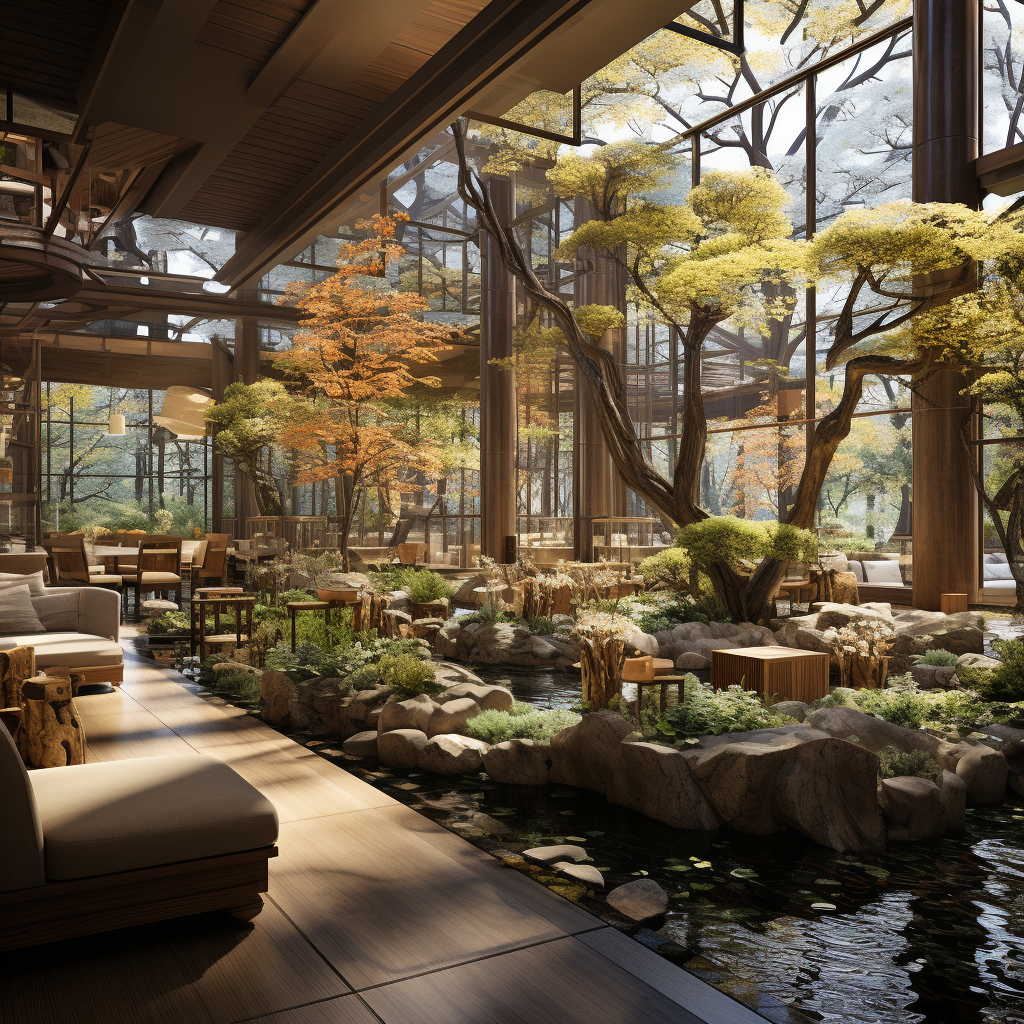 Embrace the tranquility of a space where well-being is paramount, merging the restorative presence of nature with the sanctuary of the indoors.
Embrace the tranquility of a space where well-being is paramount, merging the restorative presence of nature with the sanctuary of the indoors.
Challenges and Considerations
Navigating Zoning and Regulatory Constraints
One of the most significant challenges in the development of mixed-use spaces is navigating the complex web of zoning laws and regulatory constraints. These laws vary widely by location and can significantly impact the feasibility and design of mixed-use projects. Architects and developers must work closely with city planners and stakeholders to ensure that their projects comply with local regulations, often pushing for changes or exceptions that better suit the innovative nature of mixed-use developments.
Balancing Diverse Needs and Interests
Designing a space that serves multiple purposes requires a delicate balance. Architects must consider the diverse needs and interests of residents, businesses, and the public. This involves strategic layout planning to ensure that residential areas are peaceful and private, while commercial and entertainment zones are accessible and vibrant. The challenge lies in creating a harmonious environment where all users feel their needs are met and their quality of life is enhanced.
Community Engagement and Buy-In
For mixed-use developments to truly thrive, community engagement and buy-in are essential. Early and ongoing dialogue with the community can help identify local needs and preferences, reducing resistance and fostering a sense of ownership among local residents. Architects have the opportunity to act as mediators, translating community feedback into design elements that reflect the collective vision and values of the area.
Future Directions
Embracing Technological Advancements
As technology continues to evolve, its impact on architecture and urban design grows. Future mixed-use spaces will likely incorporate more advanced smart technologies, from AI-powered management systems to augmented reality experiences for users. These technologies offer the potential to further enhance efficiency, sustainability, and user experience, pushing the boundaries of what mixed-use spaces can achieve.
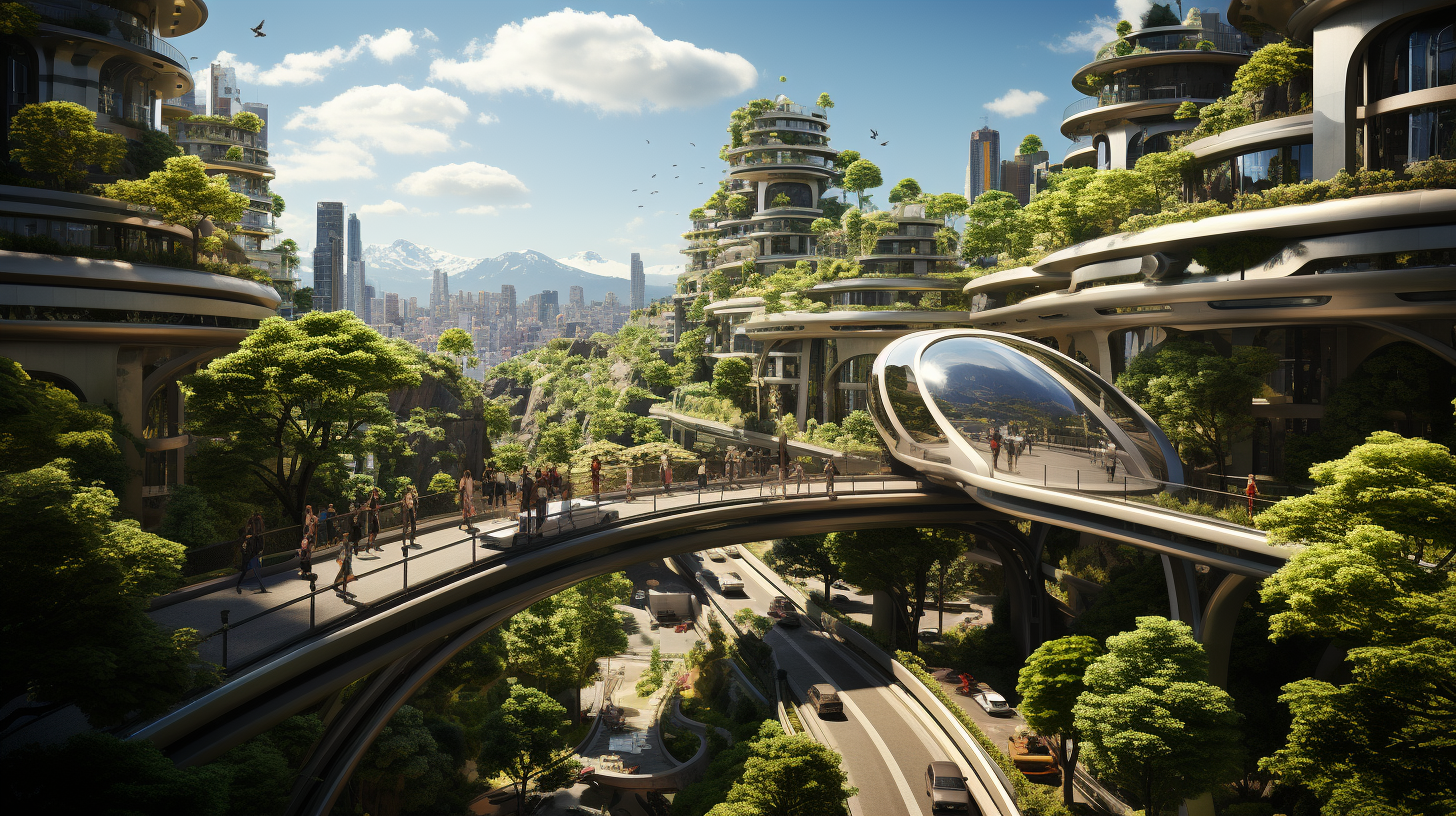 Gaze upon the horizon of urban innovation, where futuristic mixed-use districts redefine the essence of community, technology, and sustainability.
Gaze upon the horizon of urban innovation, where futuristic mixed-use districts redefine the essence of community, technology, and sustainability.
Sustainability at the Forefront
Sustainability will remain a central focus, with future designs incorporating even more innovative strategies for energy efficiency, waste reduction, and environmental preservation. This could include new materials with lower environmental impacts, integrated renewable energy sources, and designs that support biodiversity and natural ecosystems within urban environments.
Flexibility and Resilience
The COVID-19 pandemic highlighted the need for buildings and urban spaces to be adaptable and resilient. Future mixed-use developments will likely place a greater emphasis on designs that can adapt to changing public health guidelines, economic conditions, and community needs. This could mean more convertible spaces, designs that facilitate social distancing when necessary, and amenities that support community health and well-being.
Conclusion
The journey through the cutting-edge design trends in mixed-use spaces underscores the dynamic and multifaceted role of architects in shaping the future of urban environments. As we confront the challenges and embrace the opportunities that lie ahead, it is clear that innovation, sustainability, and community engagement will be the guiding principles of successful mixed-use developments.
For millennial architects, these trends offer a roadmap for creating spaces that are not only aesthetically pleasing and functional but also sustainable, adaptable, and deeply integrated into the fabric of the communities they serve. By staying attuned to these evolving trends and maintaining a commitment to excellence and innovation, we can ensure that our contributions to the urban landscape will stand the test of time, enriching the lives of those who inhabit and interact with these spaces.
As we look to the future, let us embrace the complexity and creativity that mixed-use spaces demand, recognizing that our work has the power to influence the quality of urban life for generations to come. In doing so, we can forge ahead, confident in our ability to meet the challenges of today while anticipating the possibilities of tomorrow, crafting mixed-use environments that are vibrant, inclusive, and sustainable.









